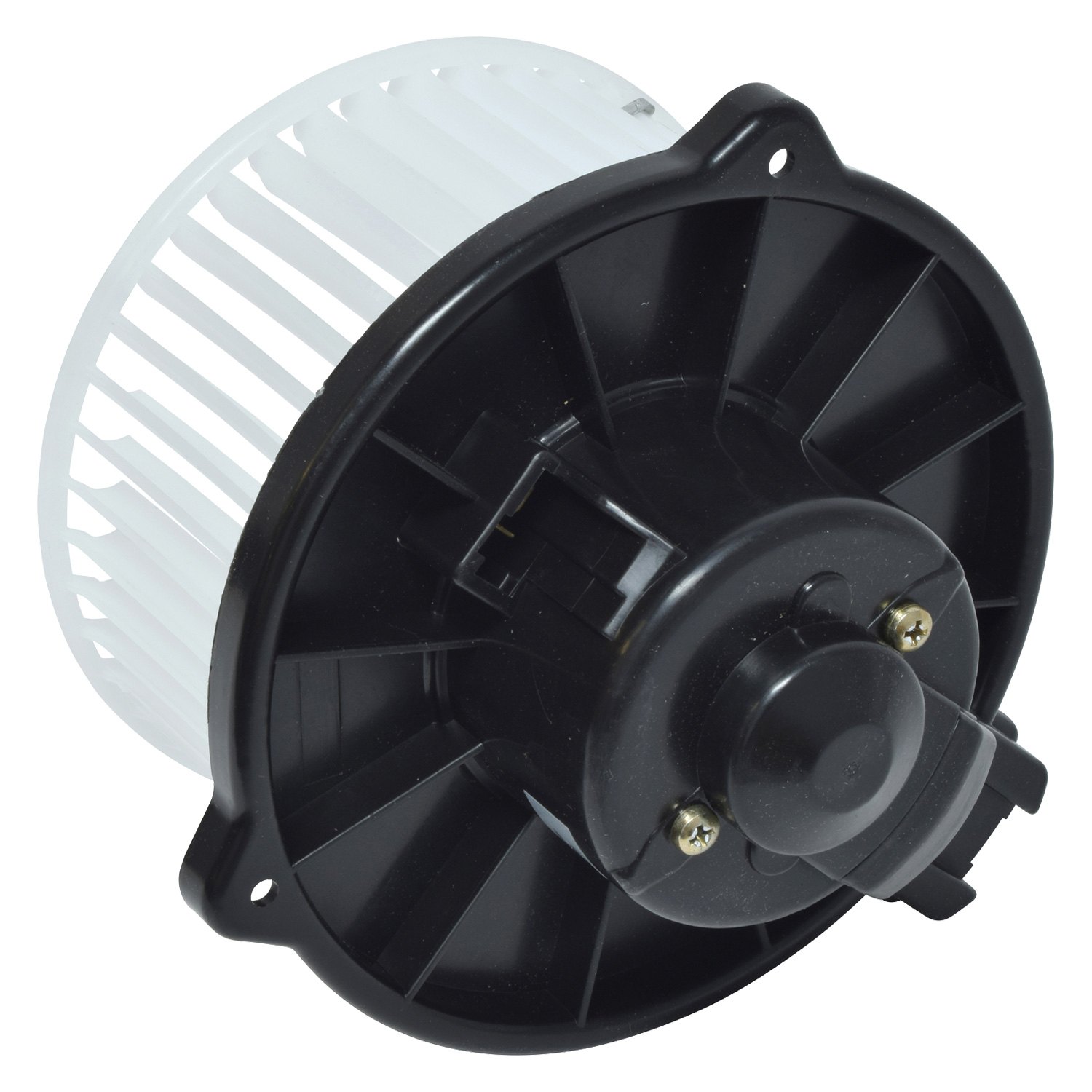

Articles
Where Is The HVAC Blower Motor Located
Modified: December 7, 2023
Find out where the HVAC blower motor is located in your vehicle. Read our informative articles for step-by-step instructions and tips.
(Many of the links in this article redirect to a specific reviewed product. Your purchase of these products through affiliate links helps to generate commission for Storables.com, at no extra cost. Learn more)
Introduction
The HVAC (Heating, Ventilation, and Air Conditioning) system in your home plays a crucial role in maintaining a comfortable indoor environment. It consists of various components that work together to regulate temperature, control airflow, and ensure proper ventilation. One of the key components of the HVAC system is the blower motor.
The HVAC blower motor is responsible for circulating air throughout your home. It is located within the air handling unit and is primarily responsible for moving air across the evaporator coil for cooling or the heat exchanger for heating. Without a properly functioning blower motor, your HVAC system would not be able to effectively distribute conditioned air, leading to discomfort and inefficiency.
In this article, we will delve into the importance of the HVAC blower motor, common signs of a faulty motor, and how to locate and replace it if necessary. We’ll also provide some useful tips on how to maintain the blower motor to ensure its longevity and optimal performance. So let’s dive in and explore more about the HVAC blower motor!
Key Takeaways:
- The HVAC blower motor is a critical component responsible for circulating air, maintaining efficient airflow, improving indoor air quality, and preventing moisture issues. Promptly addressing signs of a faulty motor is crucial for a comfortable and efficient HVAC system.
- Regular maintenance, including cleaning, replacing air filters, and scheduling annual HVAC maintenance, is essential for ensuring the longevity and optimal performance of the blower motor. Understanding and caring for the blower motor can help maintain optimal airflow, comfort, and energy efficiency in your home.
Read more: How To Test HVAC Blower Motor
Understanding the HVAC Blower Motor
The HVAC blower motor is an essential component of your HVAC system that is responsible for circulating air throughout your home. It is a type of electric motor that drives the fan or impeller connected to the blower wheel. As the motor spins the wheel, it creates airflow, allowing the conditioned air to be distributed throughout your home’s ductwork.
Blower motors can be classified into two main types: single-speed and variable-speed motors. Single-speed motors operate at a constant speed, while variable-speed motors can adjust their speed based on the heating or cooling needs of your home. Variable-speed motors are more energy-efficient and provide better comfort control compared to single-speed motors.
In addition to controlling the airflow, the blower motor also plays a role in managing the air pressure within the HVAC system. It helps maintain a consistent airflow, preventing issues like backdrafts or pressure imbalances. By achieving proper airflow and pressure balance, the blower motor contributes to the overall efficiency and effectiveness of your HVAC system.
Blower motors are typically powered by electricity and can vary in size and capacity depending on the size of the HVAC system they are installed in. They are designed to withstand continuous operation and are equipped with built-in safety features to protect against overheating or electrical issues.
It’s important to note that the blower motor works in conjunction with other HVAC components, such as the blower wheel, housing, and fan belt (if applicable), to ensure smooth and efficient operation. Any malfunction or damage to these components can affect the performance of the blower motor and the overall functionality of your HVAC system.
Now that you have a better understanding of the HVAC blower motor, let’s explore why it is such a critical component of your HVAC system.
Importance of the HVAC Blower Motor
The HVAC blower motor plays a crucial role in the proper functioning and efficiency of your HVAC system. Here are some reasons why the blower motor is so important:
- Air Circulation: The primary function of the blower motor is to circulate air throughout your home. It ensures that conditioned air is distributed evenly to all rooms, providing a comfortable indoor environment. Without a functioning blower motor, the air would remain stagnant, leading to issues like uneven temperature distribution and reduced comfort.
- Efficient Airflow: The blower motor helps maintain efficient airflow within the HVAC system. By forcing air over the evaporator coil for cooling or the heat exchanger for heating, it facilitates the transfer of heat and maximizes the efficiency of the HVAC system. This, in turn, results in lower energy consumption and reduced utility bills.
- Improved Indoor Air Quality: The blower motor also contributes to improving indoor air quality. As it circulates air, it helps filter out dust, allergens, and other particles through the HVAC system’s air filters. This helps remove pollutants and allergens from the air, creating a healthier living environment for you and your family.
- Prevention of Moisture Issues: Proper airflow provided by the blower motor helps prevent moisture-related issues such as condensation and mold growth. By constantly moving air, it reduces the chances of moisture buildup, ensuring a drier and more comfortable indoor environment.
Overall, the HVAC blower motor is a critical component that directly impacts the performance and efficiency of your HVAC system. It ensures proper airflow, even temperature distribution, energy efficiency, and improved indoor air quality. Without a functioning blower motor, your HVAC system would struggle to provide the desired comfort and may lead to higher energy costs and potential issues with indoor air quality.
Now that we understand the importance of the blower motor, let’s explore some common signs that indicate a faulty blower motor.
Common Signs of a Faulty Blower Motor
The HVAC blower motor is a critical component of your HVAC system, and like any other mechanical part, it can experience issues over time. Here are some common signs that indicate a faulty blower motor:
- Weak or Insufficient Airflow: If you notice a significant decrease in airflow from the vents, it could be a sign of a faulty blower motor. The motor may not be operating at its full capacity, resulting in weak or inadequate airflow throughout your home.
- Inconsistent Temperature: A malfunctioning blower motor can lead to inconsistent temperature distribution. Some areas of your home may feel colder or hotter than others, indicating that the conditioned air is not reaching those areas effectively.
- Loud or Unusual Noises: If you hear unusual grinding, rattling, or squealing noises coming from your HVAC system, it could be a sign of a faulty blower motor. These noises may indicate that the motor is worn out or that there are issues with the bearings or fan blades.
- Frequent Cycling: If your HVAC system cycles on and off frequently, it could be due to a faulty blower motor. The motor may be struggling to start or keep running, causing the system to turn on and off more frequently than usual.
- Inconsistent Fan Speeds: A malfunctioning blower motor may result in inconsistent fan speeds. You may notice that the fan speed fluctuates or remains at a single speed regardless of the temperature settings you select on your thermostat.
- Burnt Smell: If you detect a burning smell coming from your HVAC system, it could indicate a problem with the blower motor. It could be due to overheating or electrical issues within the motor.
- Motor Does Not Start: If your blower motor does not start at all, it could be a clear indication of a malfunctioning motor. This could be caused by a faulty capacitor, a wiring issue, or a motor failure.
If you notice any of these signs, it is essential to address the issue promptly to prevent further damage to the blower motor or other components of your HVAC system. Now that we have explored the common signs of a faulty blower motor, let’s move on to locating the blower motor in your HVAC system.
The HVAC blower motor is typically located behind the glove compartment in most vehicles. You may need to remove the glove compartment to access and replace the blower motor.
Locating the HVAC Blower Motor
The HVAC blower motor is typically located within the air handling unit of your HVAC system. The exact location may vary depending on the type and design of your system, but there are some general areas where you can find the blower motor:
- Attic: In some HVAC systems, especially in homes with vertical air handlers, the blower motor can be found in the attic. It is often installed on top of the air handling unit or housed in a separate enclosure.
- Basement: For HVAC systems located in basements, the blower motor is commonly found within the air handling unit. It may be located at the lower part of the unit, connected to the blower wheel and housing assembly.
- Closet or Utility Room: In residential HVAC systems, the blower motor may also be located in a closet or utility room on the main floor or lower level of the house. It is often housed within the air handling unit or mounted on a platform or bracket.
Locating the blower motor is generally a straightforward task. You can start by locating the main air handler, which is a large metal box that contains various components of the HVAC system. It is usually connected to the ductwork and may have access panels for maintenance purposes.
Once you have identified the air handler, it’s time to look for the blower motor. You may need to remove the access panels or covers to gain access to the internal components. The blower motor is typically connected to a blower wheel or assembly, which is responsible for moving the air.
If you are unsure about the exact location and how to access the blower motor in your HVAC system, it is recommended to consult the manufacturer’s documentation or seek assistance from a qualified HVAC technician. They will be able to provide specific guidance based on the make and model of your system.
Now that you know how to locate the blower motor in your HVAC system, let’s move on to the steps involved in accessing and replacing the blower motor if needed.
Read more: Where Is HVAC Fuse Located
Steps to Access and Replace the Blower Motor
If you have identified a faulty blower motor in your HVAC system and have decided to replace it, here are the general steps involved in accessing and replacing the motor:
- Turn off the Power: Before starting any work on your HVAC system, ensure that the power to the unit is turned off. This can usually be done by switching off the circuit breaker or shutting off the power supply at the main electrical panel.
- Remove Access Panels: Locate the access panels or covers on your air handling unit that provide access to the blower motor. These panels are typically secured with screws or fasteners. Use appropriate tools to remove the panels and set them aside.
- Disconnect Electrical Connections: Take note of the electrical connections attached to the blower motor. Carefully disconnect the wiring connectors or terminal connections, taking care not to damage the wires or connectors in the process. It may be helpful to label or take a photo of the connections to ensure correct reinstallation later.
- Detach the Blower Motor: The blower motor is usually mounted on a bracket or housing. Depending on the design, you may need to remove screws, bolts, or clips that secure the motor to the assembly. Carefully detach the motor from the assembly, holding it firmly to avoid dropping or damaging it.
- Install the New Blower Motor: Take the new blower motor and align it with the mounting brackets or housing. Secure the motor in place using the appropriate screws, bolts, or clips. Ensure it is properly seated and aligned within the assembly.
- Reconnect Electrical Connections: Refer to the labels or photos taken earlier and reconnect the electrical connections to the new blower motor. Ensure that the connections are secure and properly tightened.
- Replace Access Panels: Carefully place the access panels or covers back onto the air handling unit. Secure them with the appropriate screws or fasteners, ensuring a snug fit.
- Turn on the Power: Once everything is securely in place, turn on the power supply to the HVAC system. Test the new blower motor to ensure it is functioning properly and producing adequate airflow.
It is important to note that these steps provide a general overview of the process, and the specific details may vary depending on your HVAC system. Always refer to the manufacturer’s documentation or seek professional assistance if you are unsure about any aspect of replacing the blower motor.
Now that you are familiar with the steps involved in accessing and replacing the blower motor, let’s move on to some tips for maintaining the HVAC blower motor to ensure its longevity and optimal performance.
Tips for Maintaining the HVAC Blower Motor
Maintaining your HVAC blower motor is essential to ensure its longevity and optimal performance. Here are some tips to help you keep your blower motor in good condition:
- Regular Cleaning: Dust and debris can accumulate on the blower motor and affect its efficiency. Regularly clean the motor and surrounding areas to prevent a buildup of dirt. Use a vacuum cleaner or a soft brush to gently remove any dust or debris. Ensure that the power is turned off before performing any cleaning tasks.
- Inspect and Replace Air Filters: Clogged or dirty air filters can restrict airflow and put additional strain on the blower motor. Check your air filters regularly and replace them when necessary. This will ensure proper airflow and prevent the blower motor from working harder than necessary.
- Lubricate as Required: Some blower motors have bearings that may require lubrication to reduce friction and ensure smooth operation. Check the manufacturer’s instructions to see if your blower motor requires lubrication and follow the recommended guidelines.
- Check for Loose Wiring: Over time, the vibration from the blower motor’s operation can cause wiring connections to become loose. Periodically inspect the electrical connections to ensure they are secure. If you notice any loose or damaged wiring, it is advisable to consult a professional electrician or HVAC technician to address the issue.
- Monitor Motor Temperature: Keep an eye on the temperature of the blower motor during operation. If you notice excessive heat or burning smells coming from the motor, it could be a sign of a problem. Overheating can lead to motor failure and other issues. If you suspect any issues with the motor’s temperature, it is best to seek professional assistance.
- Schedule Regular Maintenance: Consider scheduling annual HVAC maintenance with a professional technician. They can perform a thorough inspection of your system, including the blower motor, and address any potential issues before they turn into costly repairs. Regular maintenance will help keep your blower motor running efficiently and extend its lifespan.
- Keep the Surrounding Area Clear: Ensure that the area around the blower motor is clear of any obstructions. Blocked airflow can strain the motor and affect its performance. Keep the space around the motor clean and free from objects that may obstruct airflow.
By following these maintenance tips, you can help ensure that your HVAC blower motor operates at its best and provides efficient airflow throughout your home. Regular maintenance will not only extend the lifespan of your blower motor but also improve the overall performance and energy efficiency of your HVAC system.
Now that we have covered the tips for maintaining the blower motor, let’s conclude our article.
Conclusion
The HVAC blower motor is a crucial component of your HVAC system, responsible for circulating air and ensuring proper airflow and temperature distribution throughout your home. Understanding the role and importance of the blower motor can help you appreciate its significance in maintaining a comfortable and efficient indoor environment.
In this article, we discussed the function and purpose of the HVAC blower motor, the common signs of a faulty motor, and how to locate and replace it if necessary. We also provided tips for maintaining the blower motor to ensure its longevity and optimal performance.
It is essential to pay attention to any signs of a malfunctioning blower motor, such as weak airflow, inconsistent temperatures, unusual noises, or frequent cycling. Promptly addressing these issues can prevent further damage and ensure a comfortable and efficient HVAC system.
Regular maintenance, including cleaning, replacing air filters, lubricating as needed, and monitoring wiring connections, is crucial to keep the blower motor in good condition. Scheduling annual HVAC maintenance with a professional technician can also help identify and address potential issues before they worsen.
By understanding and caring for your HVAC blower motor, you can ensure that your HVAC system operates at its best, providing optimal airflow, comfort, and energy efficiency for years to come.
Remember, if you have any doubts or concerns about your blower motor or any other aspect of your HVAC system, it is always best to consult a professional technician who can provide expert advice and assistance.
Thank you for reading, and we hope you found this article informative and helpful in understanding the HVAC blower motor and its importance in your home.
Frequently Asked Questions about Where Is The HVAC Blower Motor Located
Was this page helpful?
At Storables.com, we guarantee accurate and reliable information. Our content, validated by Expert Board Contributors, is crafted following stringent Editorial Policies. We're committed to providing you with well-researched, expert-backed insights for all your informational needs.
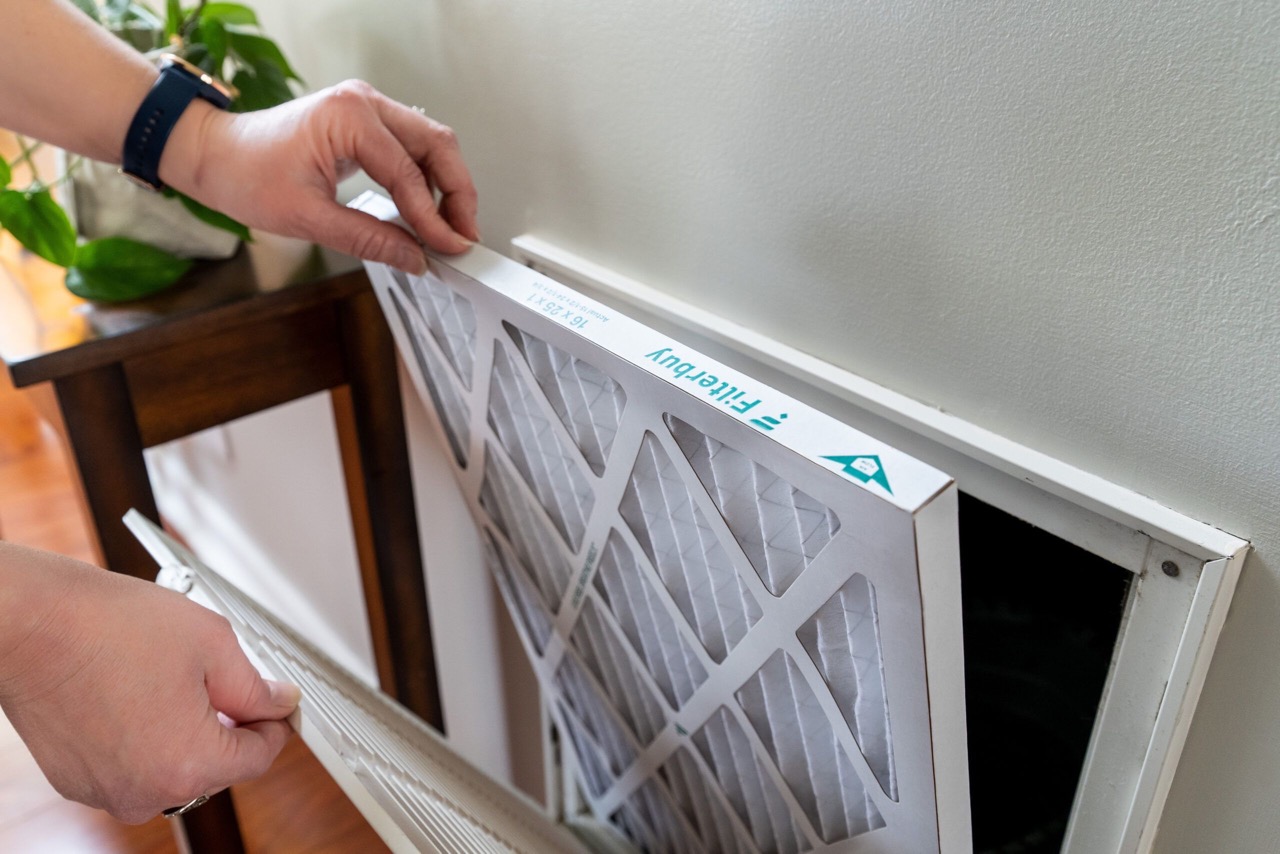
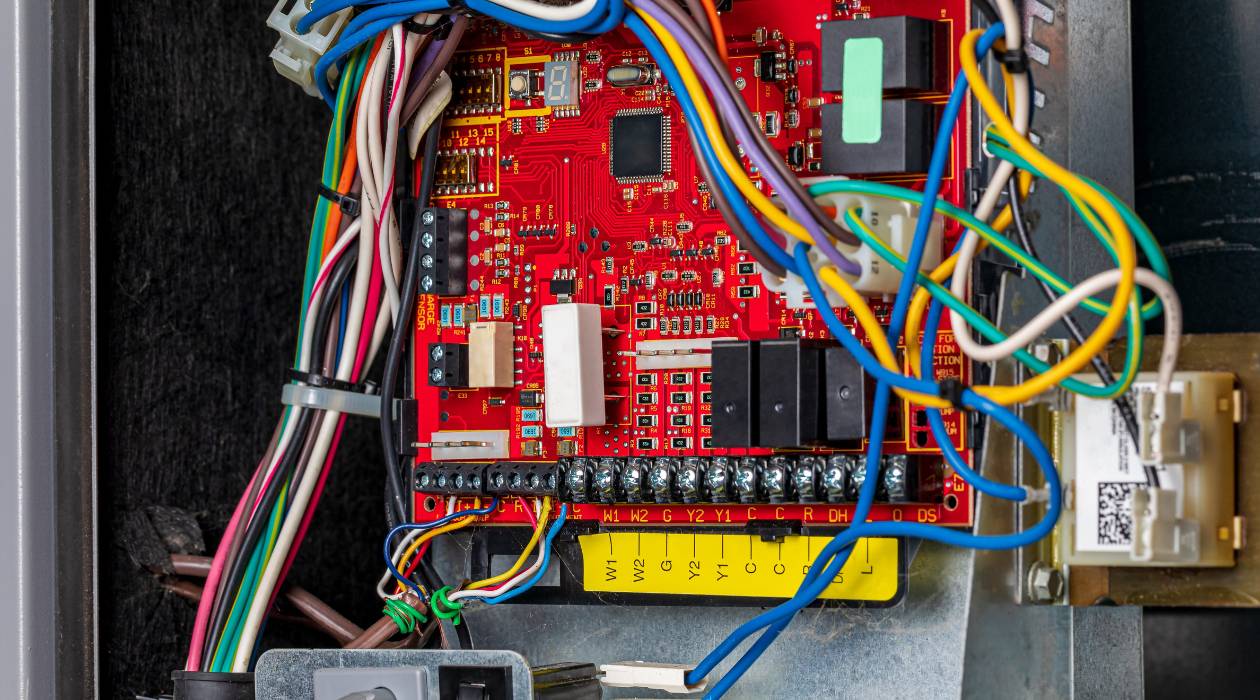
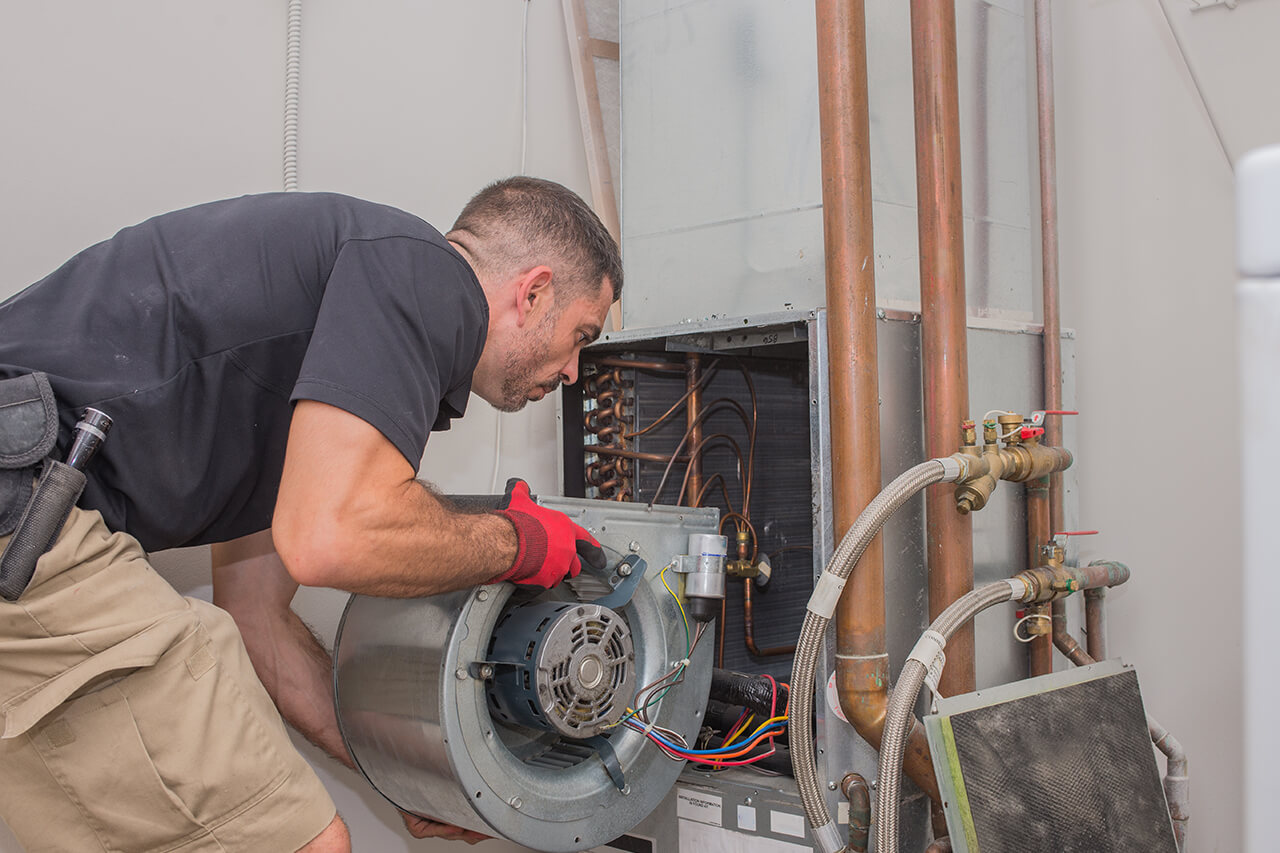
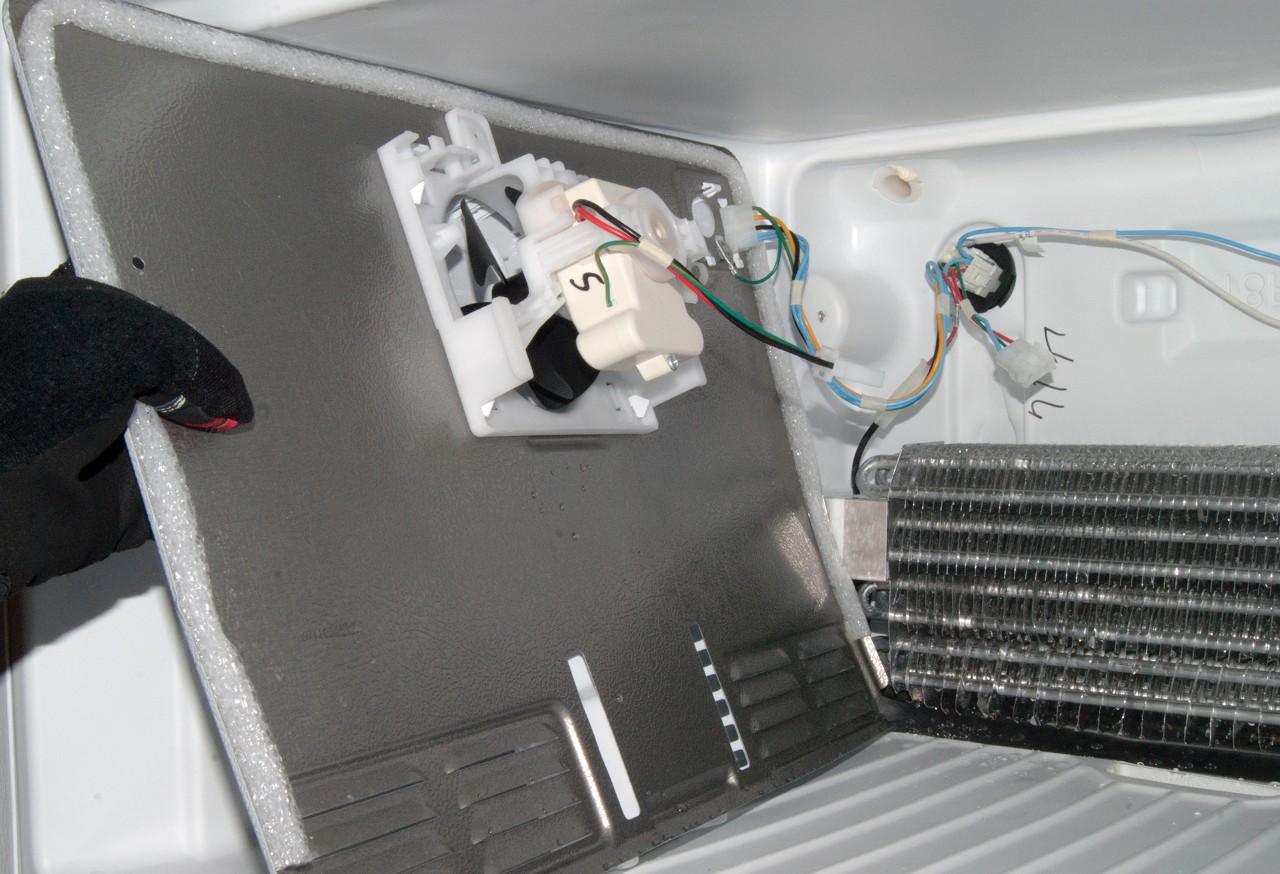
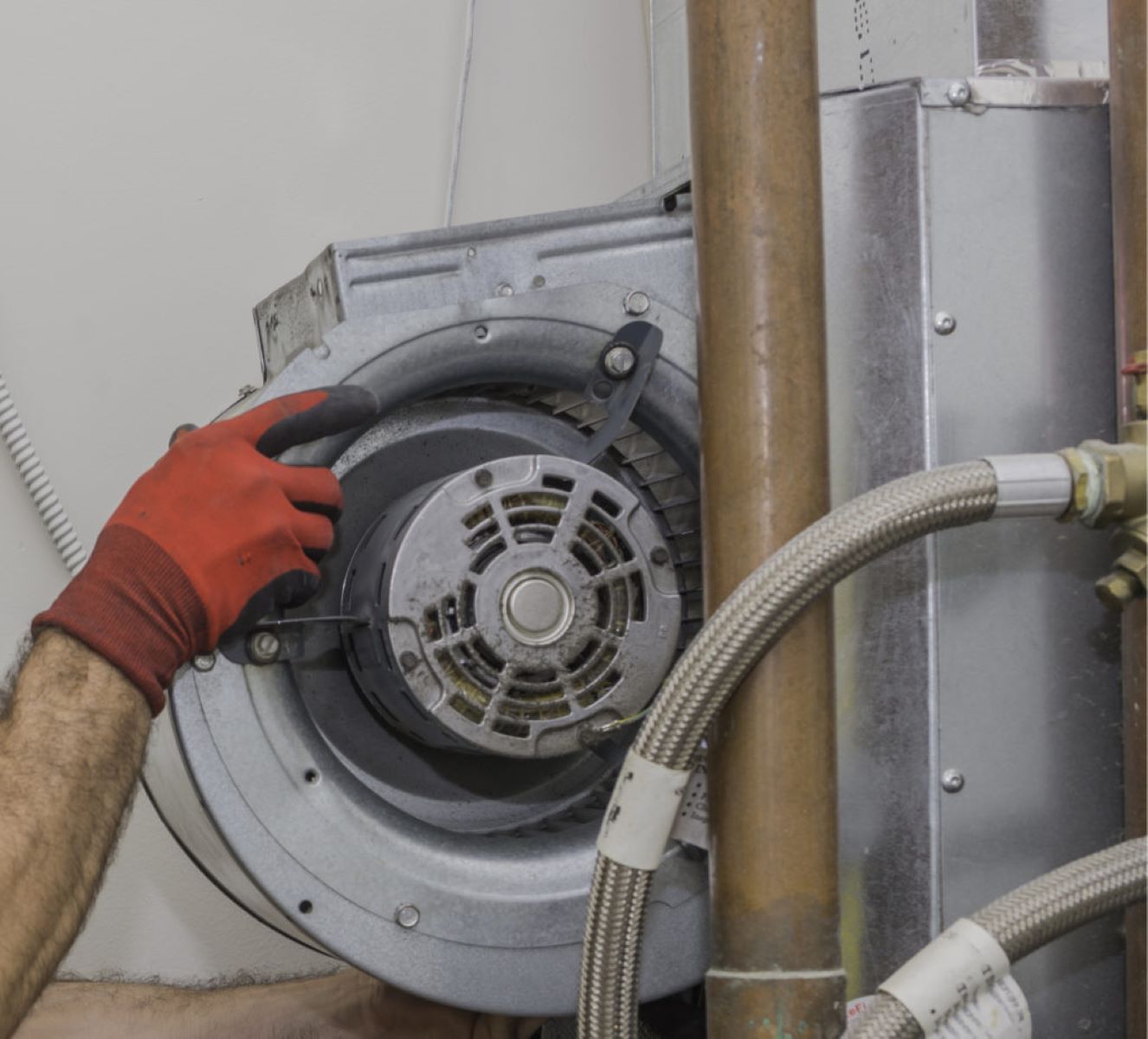

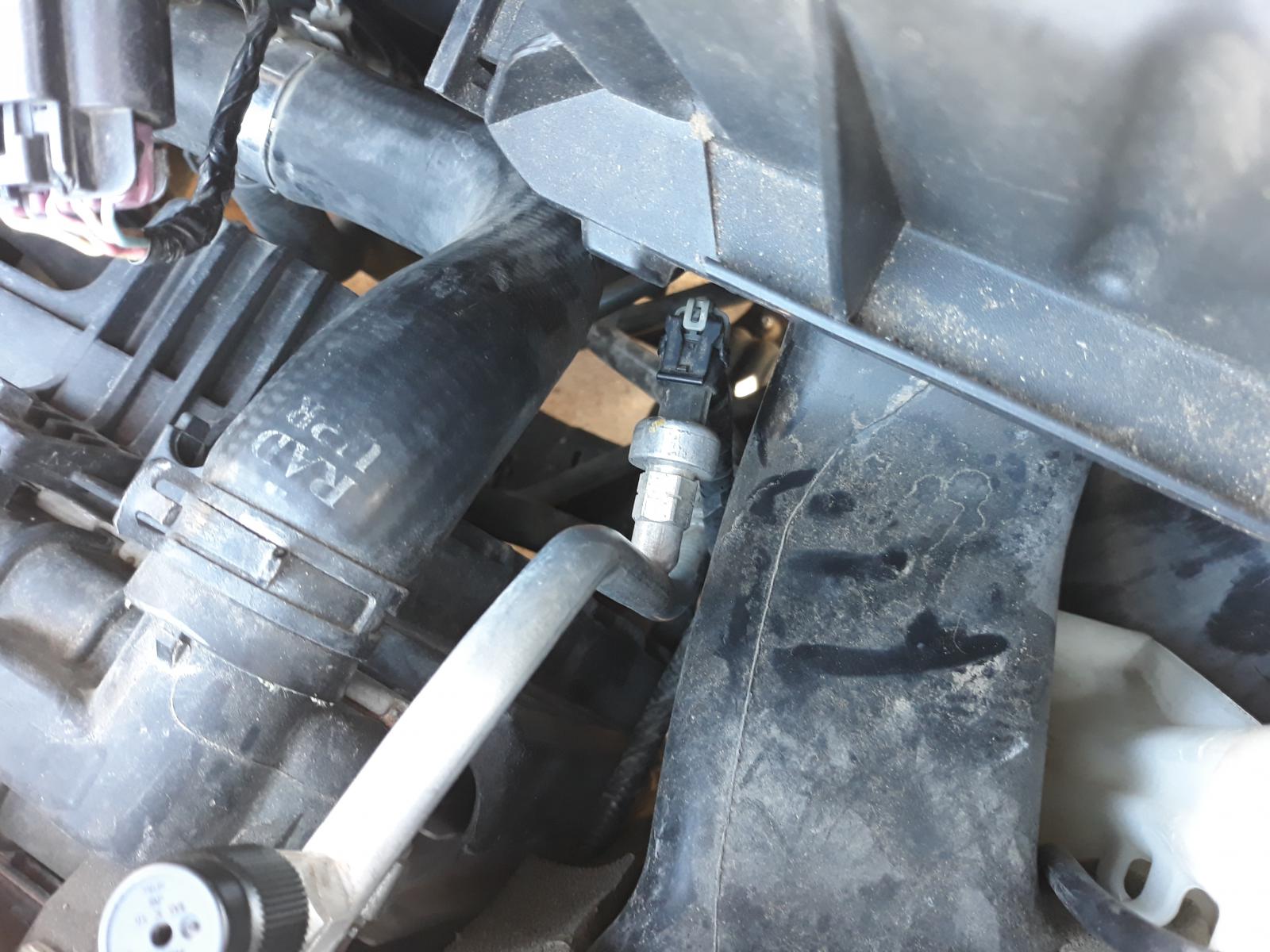
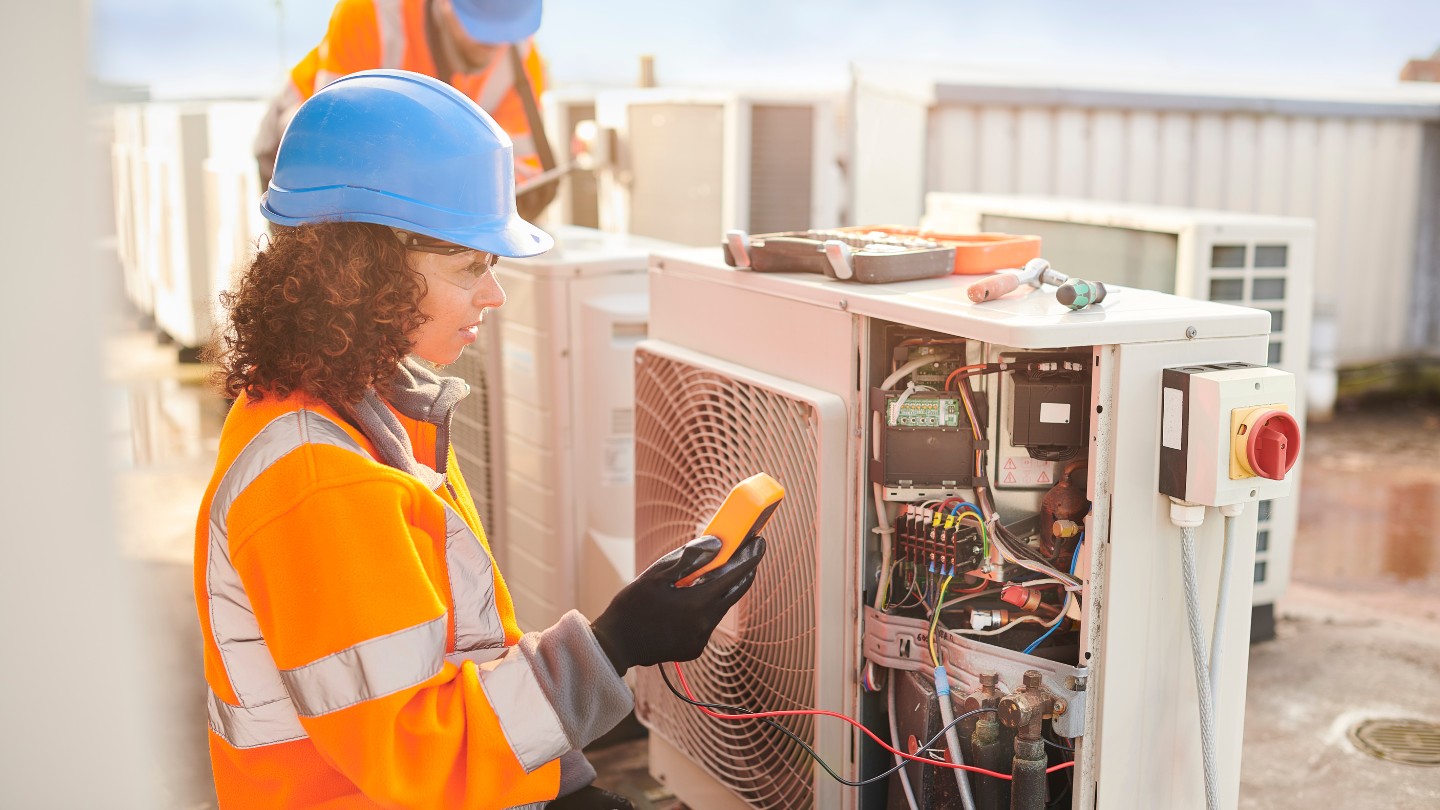
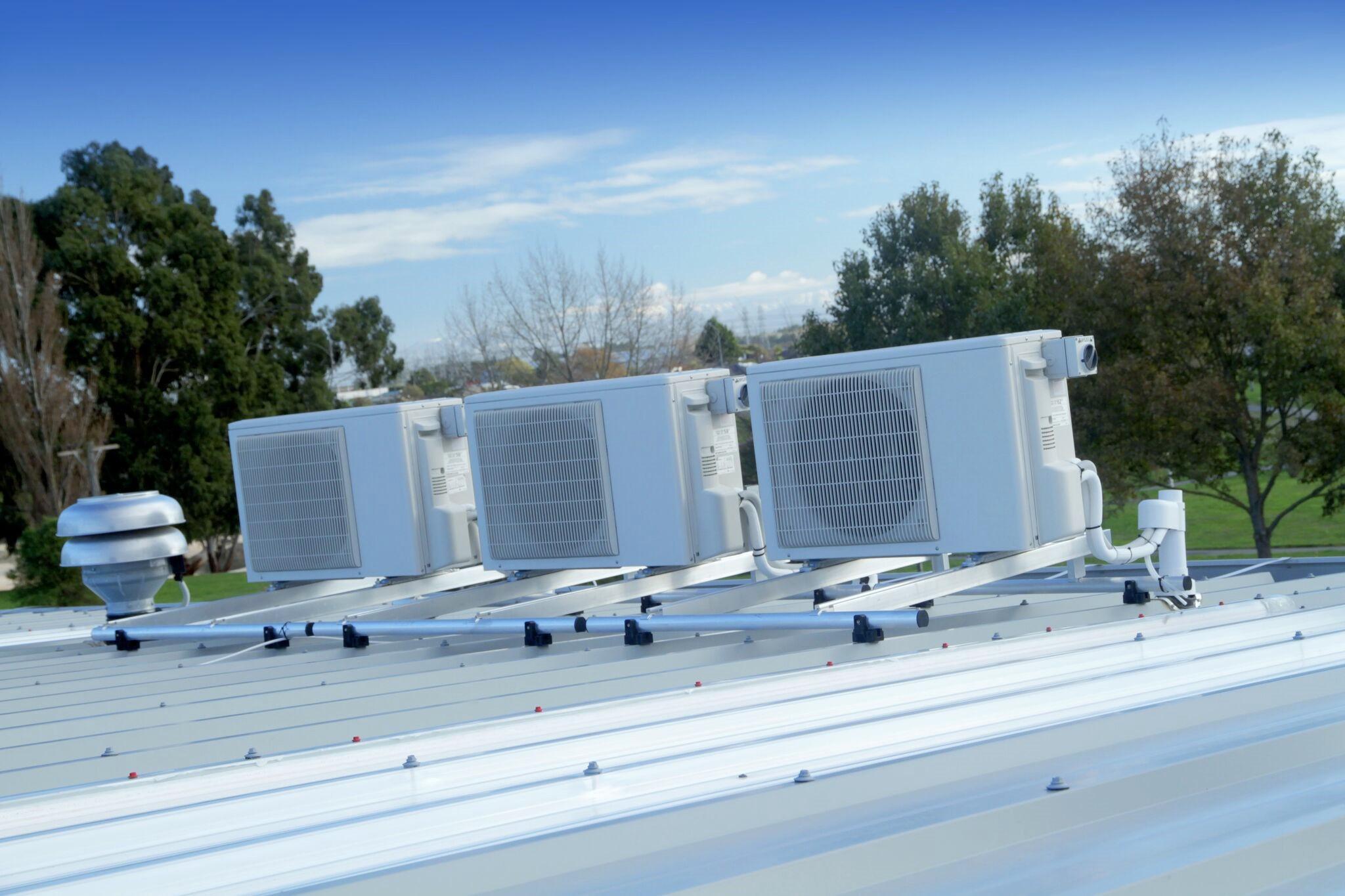
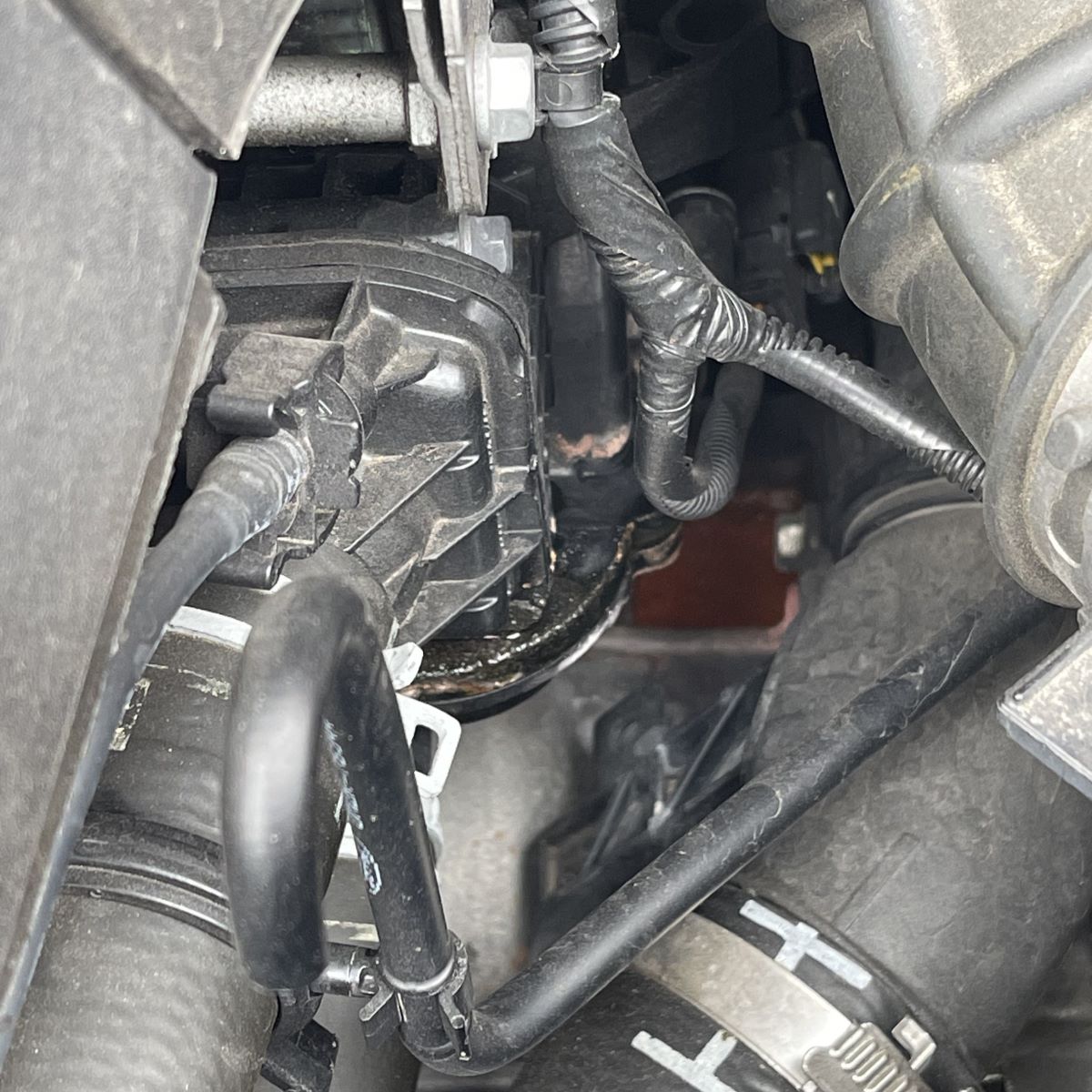
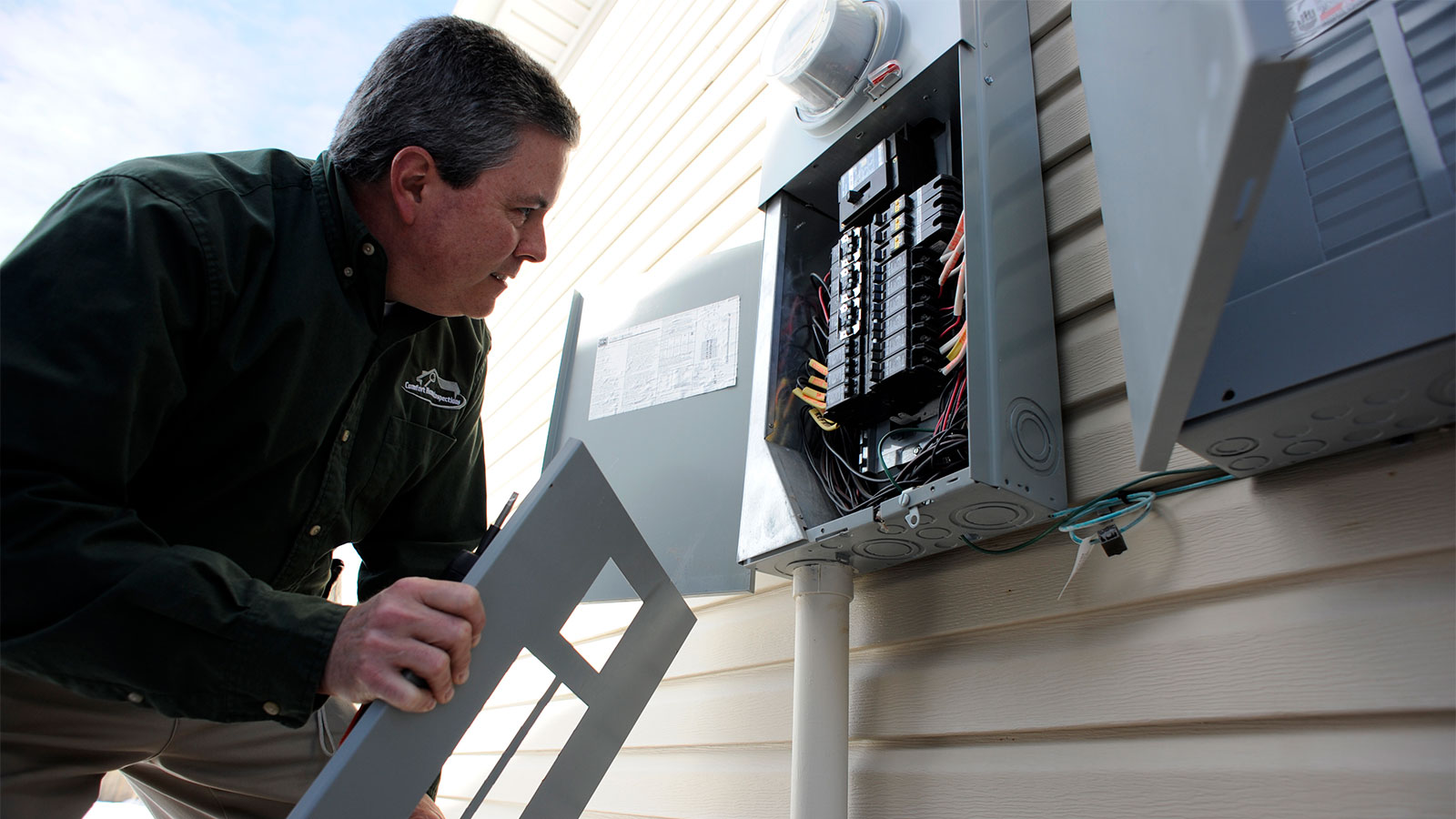
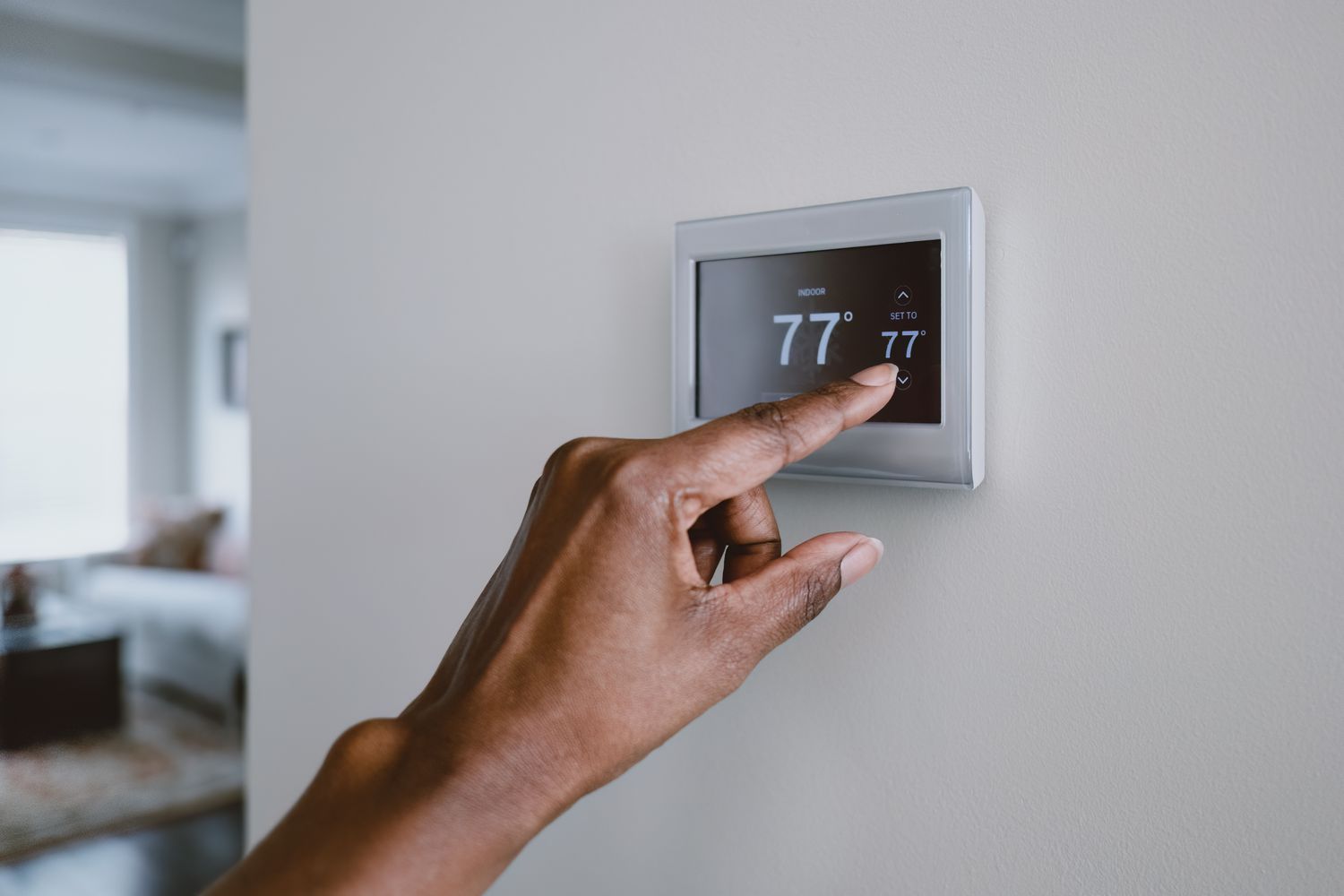

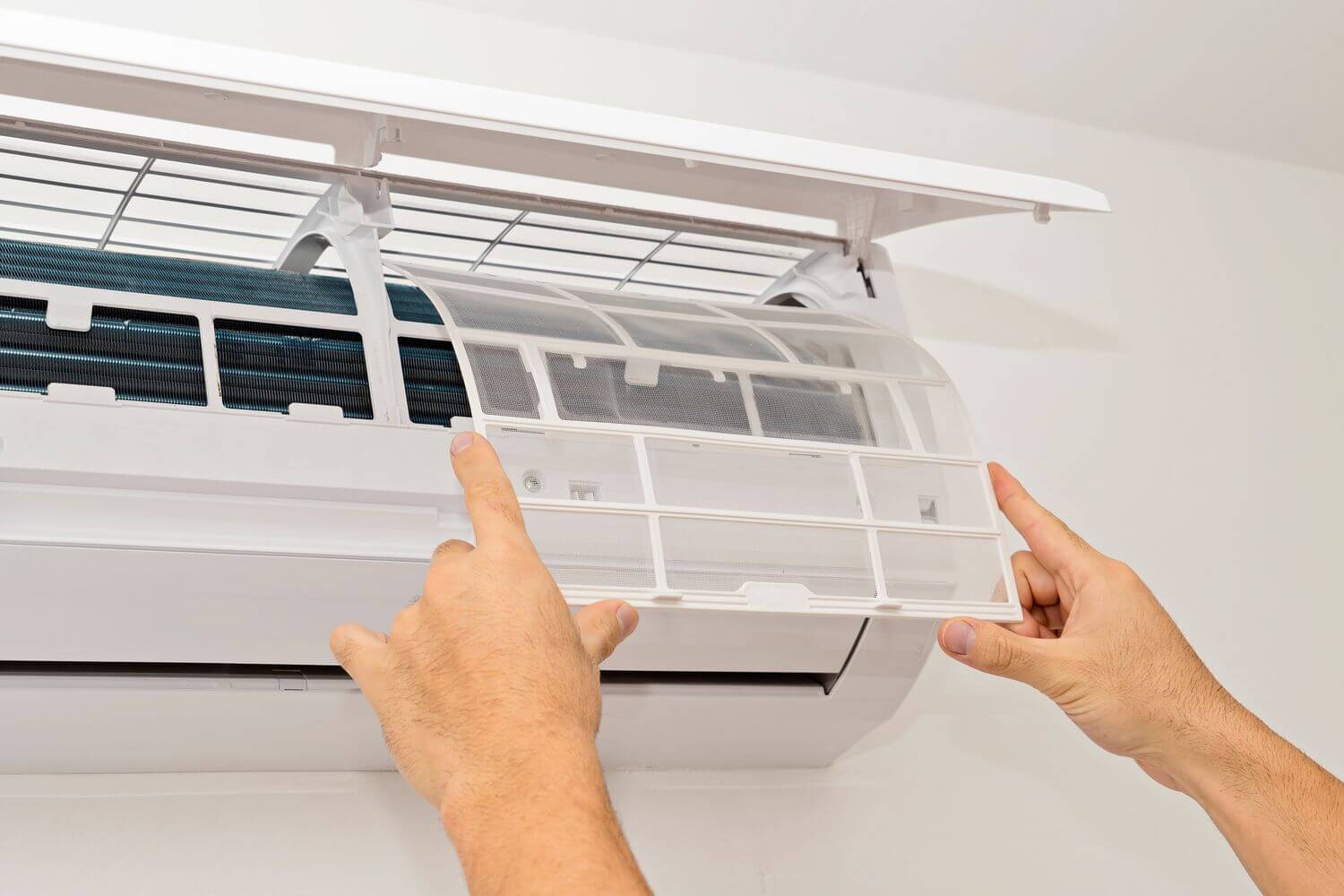

0 thoughts on “Where Is The HVAC Blower Motor Located”